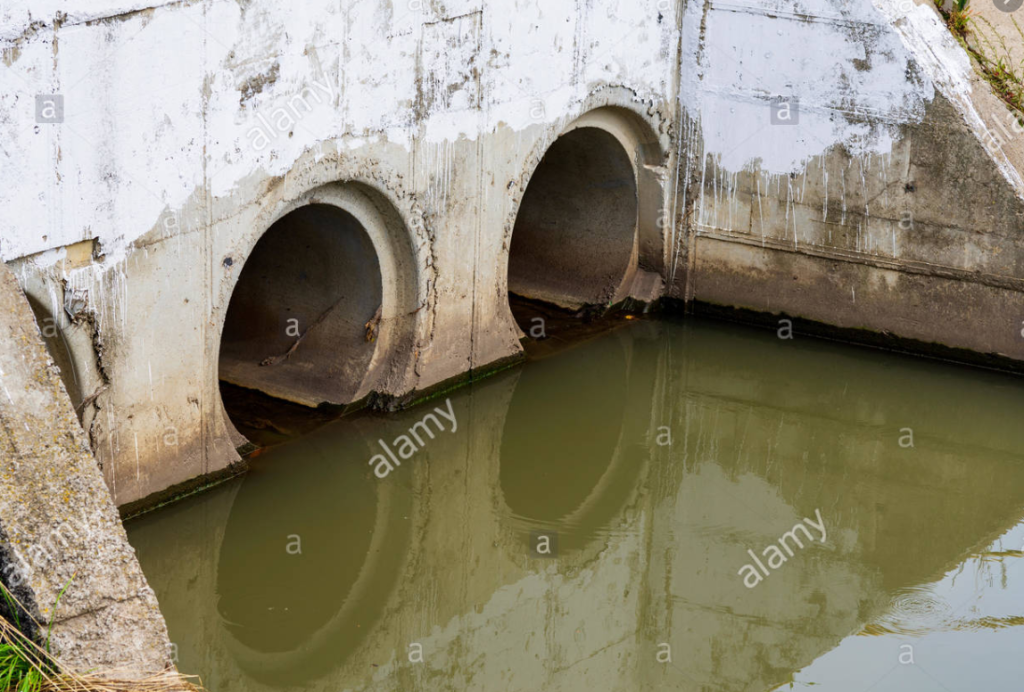In recent years, with the changes and development of the times, The increasing of waste water in urban and rural area has been an important problem in the world. It has caused a reduction in the quality of water people used and seriously threatened people’s health. This blog analyzes the main problems faced by waste water treatment infrastructure and provides some possible solutions in the future
Identify an important issue currently facing wastewater infrastructure and associated future challenges.
The main sources of waste water are domestic water, industrial waste water and rainwater. Domestic waste water mainly comes from cooking water, washing water, and toilet water. It has a large usage, many bacteria, and is difficult to treat, so that it poses a threat to people’s health. Detergent, cooking oil, and feces will be discharged into the sewer for centralized treatment. The drainage system at our home cannot handle these sewage very well, and as the urbanization process accelerates and people increases, the problem of domestic waste water treatment will become more and more serious, which will lead to excessive waste water discharge.
Industrial wastewater is mainly wastewater and waste liquid produced during industrial production. These waste liquid contains industrial materials and pollutants produced during production. It has a high chemical composition and a large amount of discharge. If it is not treated for a long time, it will produce irreversible phenomena. It will cause great pollution to humans and the natural environment.

What are some smart solutions to tackle this problem?
For domestic water, in the future we can invent a technological drainage system or flush smart. It can automatically distinguish and filter out organic matter, harmful substances, and detergents and discharged to different sewage treatment factories. Organic matter can be made into agricultural fertilizers, detergents can be reprocessed and used again, and harmful substances will be directly eliminated to reduce the pollution of wastewater to humans. If every family or company can use it, sewage treatment will become simple, while it maintains sustainable development.
For the industrial water, we could discharge wastewater in a concentrated way to achieve the purpose of purification through cultivating a kind of soil or a special kind of plant, which can purify wastewater naturally. Wastewater will be purified using the characteristics of microorganisms and than the purified water will be reused by the factory to achieve the goal of sustainable development. For example, a special charcoal can be used as a material to effectively block the toxic and harmful substances in sewage, because the charcoal used in this technology is all natural materials, they are widely distributed, large in quantity, and reasonable in price. And Some unnecessary processes will be reduced, which is a convenient technique for operation and management. This natural circulation method can be seen to be the most effective way to treat wastewater.

https://tibetnature.net/en/water-purification-as-defined-by-nature
What are the innovations required to ensure we meet the future wastewater treatment demands?
The computer technology can be used to establish mathematical models to remotely control wastewater distributed for the future wastewater treatment. It is impossible for us to treat wastewater at every sewage site and built to many wastewater factories. Therefore, computer technology can be an effective way. We can effectively control various sewage treatment materials using computers. The remote control method can also effectively grasp the proportion of each material required, so that each material can fully play the role of wastewater treatment. For the extraction and transport of sewage and purified water, the computer can be used to establish mathematical models to accurately control, so that the problem of water resource shortage will be partially solved.
We need to do not only technological improvement, but also institutional and system improvement. For example, we can build the largest sewage treatment factory in the southeast of Australia. Wastewater, from surrounding areas such as New South Wales and Victoria, can be transported to this factory through pipelines, and then processed and purified, so that human power and material resources can be concentrated and saved unnecessary waste.
As we all know, Australia is a country with scarce water resources. If it is not dealt with quickly, it will not only threaten people’s health, but also have a great impact on the economy. Wastewater treatment is an important way to solve this problem, so the reform of wastewater treatment technology and innovation is very necessary.
Reference
M.B. BECK* and R.G. CUMMINGSt, 1996 ‘Wastewater Infrastructure: Challenges for the Sustainable City in the New Millennium’.
Available from: https://www.sciencedirect.com/science/article/pii/0197397596000227
WeiDong Wang, 2018 ‘Problems and solutions of urban sewage’. Available from: http://www.360doc.com/content/18/0101/09/28704984_718068835.shtml
Amelia Rozelle,9 January, 2019 ‘Water Purification as Defined by Nature’ Available from: